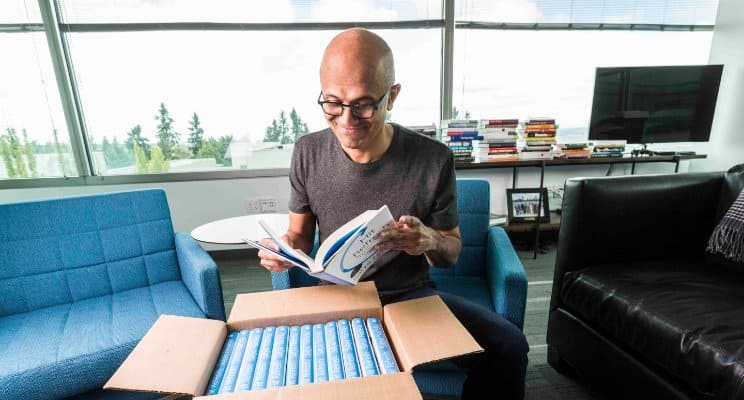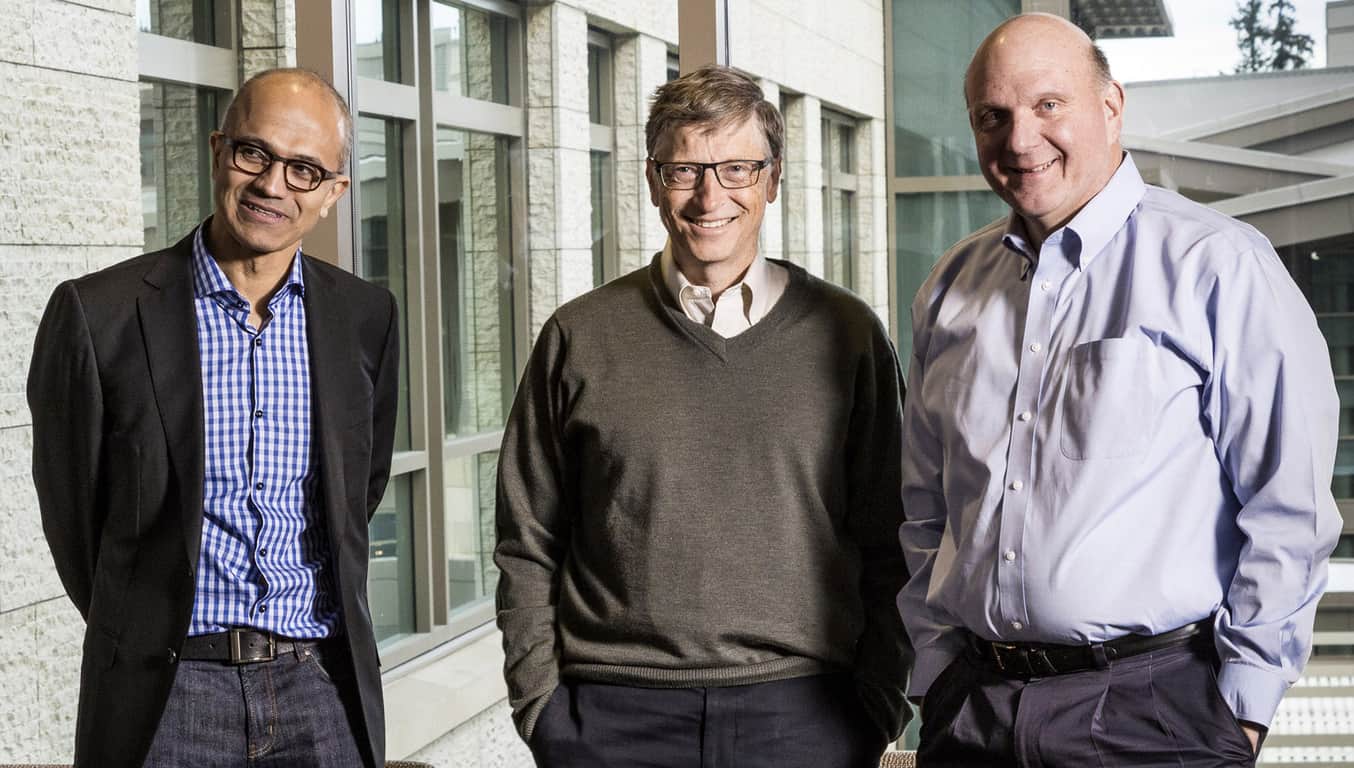Five years ago to the date, current Microsoft CEO Satya Nadella took the reins from former CEO Steve Ballmer and since then the company’s market cap has skyrocketed, its business focus has been streamlined and employee culture and practices have evolved.
As part of Nadella’s CEO anniversary, ZDNet journalist Mary Jo Foley chronicles the pragmatic decisions Microsoft’s new leader has taken to execute his acute vision for the company.
Under Nadella, Microsoft shed itself of the Nokia phone business (and people) a little over a year after that deal closed. Nadella and team made the decision to cancel the Surface Mini after manufacturing thousands and inviting the press to its impending launch. Under Nadella, Microsoft ceased work on the Microsoft Band, Windows Phone and the Groove Music service.
Foley also touches upon the several rounds of divisional and organizational cuts that have taken place under Nadella, and seem to have become an annual event for the company with the largest happening within only months of being named new CEO.
Aside from sharpening his cost/benefit knife ever so often, Nadella has also stewarded a change in Microsoft’s public impression by allowing the company to announce its contributions and involvement in open source development.
Microsoft’s new-found love of open source development is a two prong solution for the company and signifies that Nadella and Ballmer to a certain extent, were aware of a computing evolution that could help Microsoft rebound in the tech industry.
Microsoft is now using open source development to figuratively put a more inclusive face on the company as well as aid in their cloud ambitions, where customers traditionally have been a Linux-variant heavy usage crowd.
In addition to making the tough consumer-focused decisions for the company, Nadella has also taken charge in diversifying Microsoft’s partnership and collaboration portfolio and given new talent executive decision making powers in bids to help drive Microsoft in markets outside of its traditional wheelhouse.
To be clear, some of Nadella’s success comes from the company’s foresight into cloud computing that was put into place by his predecessor. Early wins such as Office 365, Office Mobile and Azure resources were projects initiated under Ballmer but beautifully executed by Nadella.
As Baller’s tenure will be marked by a more hit and miss (lots of misses) consumer focus, Nadella’s metal will be tested against the company’s ability to not only stay competitive in the cloud computing industry but also placing successful bets in future growth markets leveraging artificial intelligence and machine learning such as HoloLens and ambient computing.



